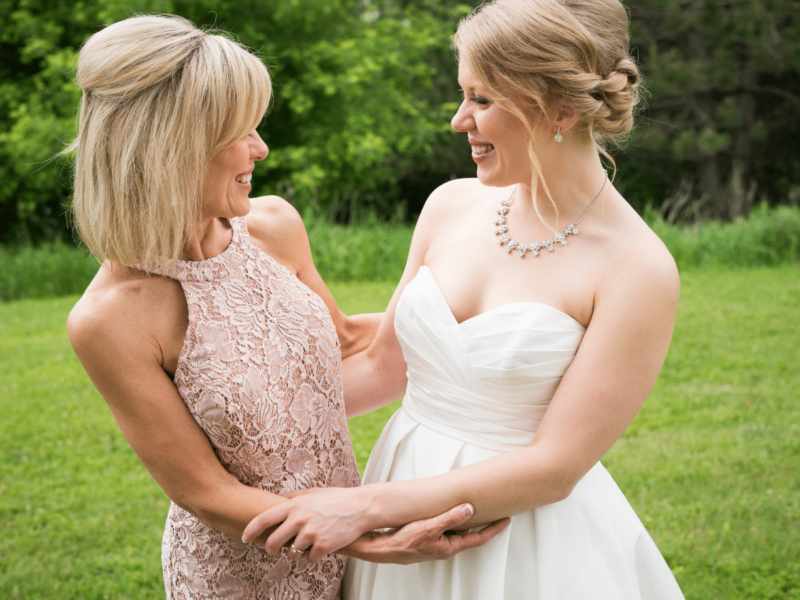In the grand tapestry of a wedding day, the spotlight often shines brightly on the bride and groom. Yet,
among the constellation of wedding attire, a star radiates its unique charm. Mother of the bride’s dress This
carefully chosen garment is a symbol of grace, sophistication, and unwavering support for the bride. Let’s
explore the significance of the mother-of-the-bride dress and the factors to consider when selecting this
important ensemble.
1. Custom and Contemporary Trends:
A dress that matches the wedding’s color scheme or theme is customarily worn by the mother of the bride.
Mothers now have greater opportunities to exhibit their individual styles because of the evolution of this
custom over time. Mothers of the bride today have a huge selection of designs, colors, and silhouettes to pick
from; they are no longer restricted to wearing staid or matronly dresses.
2. Coordination with the Wedding Party:
Coordinating with the bridal party’s attire is crucial for a cohesive look. The mother-of-the-bride dress
should harmonize with the overall color scheme, but it should also set her apart. A subtle touch like a
complementary shade or a dress with a unique neckline can achieve this balance.
3. The dress’s length:
The dress’s length is a significant consideration. While floor-length gowns are a classic choice, tea-length or
knee-length dresses can be equally elegant and more suitable for less formal weddings. The choice should
reflect the formality of the event and the mother’s personal comfort.
4. Selecting the Proper Fabric:
The fabric you select can significantly affect how the finished item appears and feels. While satin or silk,
which are heavier fabrics, are better suited for cooler months, chiffon and lace, which are light and airy, can
be great for summer weddings. When selecting the fabric, keep in mind the wedding’s theme and venue.
5. Neckline and Sleeve Options:
The neckline and sleeves play a pivotal role in determining the dress’s style and formality. Options range
from classic scoop necks to more daring off-the-shoulder or V-neck designs. Sleeve options can vary from long and elegant to short or even sleeveless. These choices should align with the mother’s comfort and personal
style.
6. Accessories and Embellishments:
Beading, sequins, or embroidery are examples of subtle decorations that can give the mother of the bride’s
dress a bit of glitz. Mothers should take their personal preferences and the general design of the dress into
account while choosing accessories. The outfit can be improved with a bold necklace, classy earrings, or a
stylish clutch.
7. Fit and Comfort:
Comfort comes first. The bride’s mother will be moving around all day and all night, chatting and dancing.
It’s crucial to get a dress that fits well and is cozy throughout the day. A perfect fit can be achieved by
professional tailoring; thus, changes should be taken into account.
8. Color Selection:
While some mothers may choose a dress that matches the bridal party’s colors, others opt for a
complementary or contrasting shade. It’s crucial to take the mother’s skin into account while choosing colors,
as well as what makes her feel confident.
Conclusion:
The mother-of-the-bride dress is more than simply a fashion statement; it is a sign of affection,
encouragement, and joy on one of life’s most significant occasions. It should reflect the mother’s character, go
with the wedding’s concept, and give the mother a stylish, cozy atmosphere. Mothers of the bride can select
from a vast array of styles and designs that are suited to their own preferences as trends advance. The
mother-of-the-bride’s outfit, which exudes elegance and maternal affection, will invariably be a treasured
component of the wedding, regardless of the decision.
